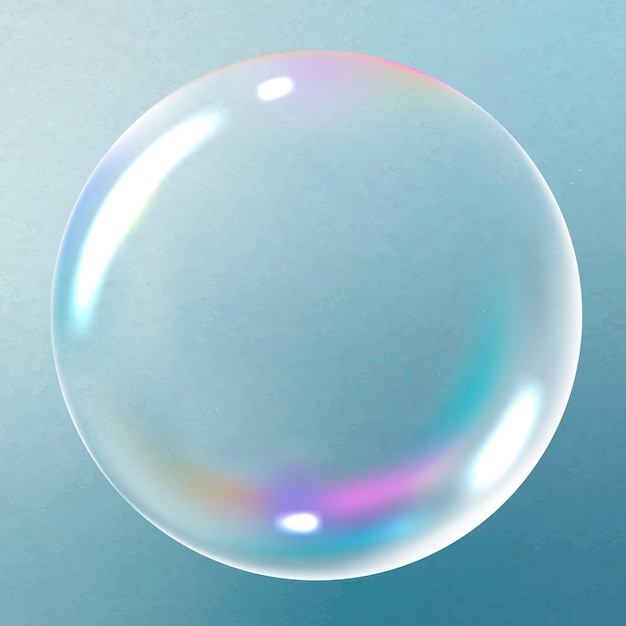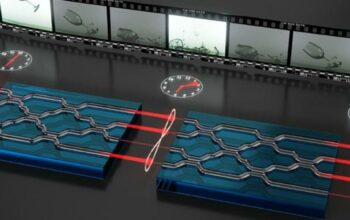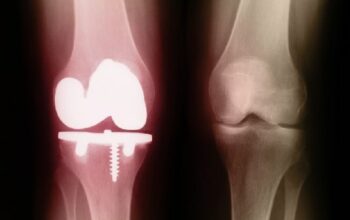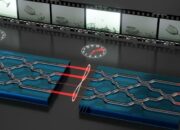In the realm of fluid dynamics, the behavior of bubbles in a gravitational field is an extensively studied phenomenon, yet their behavior in microgravity remains a tantalizing subject of inquiry. The collapse of bubbles devoid of gravitational influence introduces a myriad of complexities, which beckons our understanding of both macroscopic and microscopic fluid behaviors. The fascination stemming from bubble collapse without gravity invokes not only scientific curiosity but also invites philosophical reflections on the nature of fluidity and the interplay of forces in an environment starkly contrasting to our terrestrial experience.
The investigation of bubble behavior necessitates a foundational understanding of the physical forces at play. In a typical terrestrial environment, gravitational forces govern the motion and stability of fluid interfaces. However, in microgravity, buoyancy—the force that induces floating and sinking—is virtually nullified, leading to a scenario where surface tension, inertial forces, and viscous effects dominate the dynamics. Bubbles, which are essentially gas pockets surrounded by a liquid membrane, exhibit unique behaviors under these altered conditions, demanding a reevaluation of established theoretical frameworks.
At the core of bubble dynamics is the interplay between surface tension and internal pressure. When a bubble forms, the gas pressure inside is higher than the pressure outside, while surface tension strives to minimize the surface area of the liquid surrounding the gas. In microgravity environments, this equilibrium is perturbed. The absence of gravitational forces allows for the stabilization of bubbles larger than those typically observed on Earth, leading to phenomena such as the “bubble dome.” This structure presents a compelling visual representation of the complexities involved in fluid interactions under novel conditions.
Upon examining the collapse of bubbles, one must consider the concept of Rayleigh–Taylor instability, a mechanism pertinent in gravity-dominated systems. This instability arises when a denser fluid lies atop a less dense fluid—a scenario altered in microgravity. In the absence of gravity, bubble collapse occurs predominantly due to pressure differentials and viscous shear forces rather than gravitational destabilization. Consequently, the structure of collapsing bubbles becomes a study of kinetic energy disposition and dissipation processes, leading to the insights on energy transfer in fluidic systems.
The experimental observation of bubble collapse in microgravity reveals several fascinating implications regarding the dissipation of energy and the resultant microstructure of the fluid. When a bubble collapses, the liquid surrounding it undergoes rapid perturbations, creating a myriad of secondary flows and turbulence that would not manifest under normal gravitational conditions. This behavior underscores the active role of surface tension as a driving factor in the generation of complex microfluidic patterns, contributing to our understanding of non-equilibrium thermodynamics.
Interestingly, microgravity creates an environment that allows for the study of exotic fluids—substances that exhibit unusual behaviors due to their complex molecular structures. Consider colloidal suspensions, which can behave differently in microgravity than in gravity-laden scenarios. The impact of gravitational segregation is eliminated, permitting the examination of interactions at a particle level and insights into gelation and clustering phenomena. Observations of bubble behavior in these exotic fluids can stimulate a rethinking of their properties and applications, potentially advancing fields as diverse as material science and biotechnology.
The collapse of bubbles without gravity also poses intriguing questions regarding the thermodynamic pathways and the energy states of the fluid system. The presence of vapor–liquid phase transitions becomes a domain of research interest, where the interface of gas and liquid can be observed in unique ways. These transitions challenge conventional theoretical models, suggesting that microgravity environments might reveal novel states of matter previously veiled under gravitational influences. As a result, these investigations advancing our grasp of phase stability lend themselves to broader implications, potentially impacting our understanding of cosmological phenomena and the fluid dynamics of celestial bodies.
Moreover, the implications of bubble dynamics extend beyond the confines of fundamental physics and fluid mechanics. In biological systems, for instance, bubbles play critical roles in cell physiology, respiratory functions, and even in therapeutic applications such as ultrasound imaging and drug delivery. Understanding the behavior of bubbles in microgravity may illuminate greater mysteries within these biological processes. As we probe deeper into these studies, we glean insights that may enhance our approaches to tackling health-related issues on Earth and in space travel.
The confluence of fluid dynamics and microgravity studies invites a series of interdisciplinary collaborations, urging scientists across various fields to converge in pursuit of knowledge. As exploration ventures beyond our planet, understanding microgravity fluid dynamics becomes fundamental not merely for scientific advancement but also for the practical applications in long-duration space missions, where life support systems and material handling are of utmost importance.
In summary, the study of bubble collapse in microgravity represents a captivating intersection of ideas that challenges our preconceived notions of fluid behavior. The intricacies of energy dissipation, phase transitions, and the resultant implications for exotic fluids construct a framework through which one can ponder deeper questions about the nature of fluidity and energy in the universe. As this research domain progresses, it promises to unravel a spectrum of phenomena, inspiring further exploration not only in physics but also in applied sciences and engineering, advancing our comprehension of both terrestrial and extraterrestrial environments.












